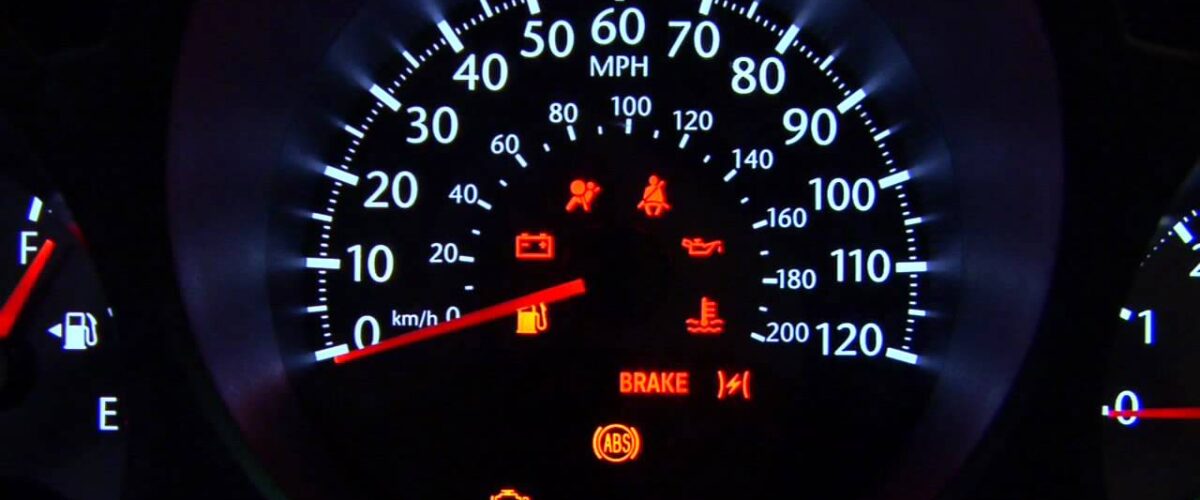31. Park Inside A Garage In Winter
Do you know that car batteries discharge faster during winter? It’s even worse when there is water that freezes when you leave your car exposed in extremely cold weather. The most effective method of protecting your car battery during winter is to park it inside an insulated garage. Also, don’t forget to charge the battery before you park the car.
32. Cut Down On Short Trips
Okay, you know that driving your vehicle regularly helps to charge your battery, but you would be doing yourself a disservice if you take short trips. If you really want to make it worth it, go out on a long trip, especially after jump starting and resurrecting your dead battery.
33. Change The Battery After 3 Or 4 Years

Don’t wait until the battery case is swollen to replace your battery. Naturally, all car batteries dwindle with time and eventually die. Either way, most car batteries should be scheduled for a replacement after 3 to 4 years. However, the average battery lifespan is dictated by the weather, driving habits and charge capacity.
Take Care Of The Car’s Lighting System
Having the best headlights doesn’t mean you should get one of those super-bright headlights with the power of 10 suns blinding everyone on the road. As long as your headlights help you to see at night or during foggy weather without the blinding effect, you can drive peacefully without getting cursed by other drivers. Regardless, you need to take proper care of your lights to keep up the standards. So how do you do it?
34. Clean Them Regularly

It’s quite common for dirt and dust to pile up on your headlights and negatively affecting the visibility. Unlike dirt on the windshield which is immediately noticed, most folks can drive for miles with no idea the low illumination is due to building up dirt. In fact, you should clean your headlights with a damp microfiber towel every week.
35. Address Clouding And Yellowing

One sure way potential buyers judge a used car to determine if the price is worth it is by looking at the headlights. If the headlights are cloudy or yellowed, people assume your vehicle is as old as the dinosaurs and throw it in the ‘meh’ category. But you can restore those headlights to default settings using headlight restoration systems. If it doesn’t work out, there is always the option of replacing it.
36. Check Illumination
Occasionally, one headlight can dim or it completely malfunctions leaving its twin sibling working just fine. The end result is a reduced illumination that interferes with visibility. Sure, some people would notice it immediately but it’s possible not to tell when you’re behind the wheel.
In case you’ve noticed something is a bit off, park your car, get out and check the illumination. Alternatively, you can park in front of an obstacle and switch both headlights on and off to evaluate the status.
37. Check Alignment

It’s not just tires that can get misaligned but headlights too. Quite often, misaligned headlights are triggered by accidents or driving through rough terrains over a long period. Again, you would have to park the car in front of an obstacle like a wall or a garage door to confirm if the headlights are aligned. If you observe any issue (even a slight misalignment), consult a mechanic.
38. Replace Bulbs In Pairs
When you’re seeking to replace one faulty headlight, it is better to buy both bulbs in pairs. Why? It’s common for a new headlight to be brighter than an older headlight. However, if you buy both bulbs in pairs, the brightness intensity will be the same. Not to mention, the remaining light bulbs could be on their deathbed even if they’re working just fine.
Oil And Fluids
You don’t need to pay a mechanic to inspect your fluid level. It’s convenient and cheaper to do it yourself. Moreover, oil isn’t the only fluid that can improve your vehicle performance but the other type of car fluids that you should check include:
39. Radiator Fluid

If the radiator fluid is low, it’s just a matter of time before your vehicle overheats and breaks down. To check the radiator fluid, you must open the radiator cap; which is usually labeled and situated on the front or side of the engine. After you’ve opened the radiator cap, observe the coolant level.
Most vehicles have a coolant antifreeze reservoir connected to the radiator cap that tells you the current radiator fluid level. Warning: Don’t try to unlock the radiator cap when the engine is hot.
40. Transmission Fluid
As the name suggests, the transmission fluid job is to lubricate the transmission and ease the friction. Do you see the other dipstick that isn’t for the oil? That’s what you should use to check the transmission fluid. The process is similar to checking the oil but you put the dipstick in the transmission fluid tank.
On the other hand, if you touch the transmission fluid and notice there are particles or you get a whiff of burnt smell, it means you should change it.

